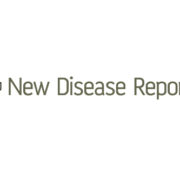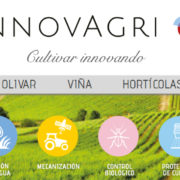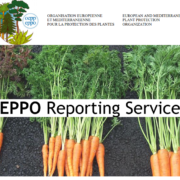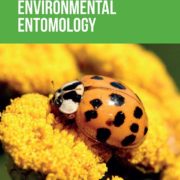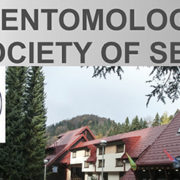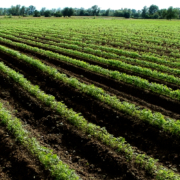First report of ‘Candidatus Liberibacter solanacearum’ in parsley (Petroselinum crispum) seed
ORIGINAL ARTICLE
W.A. Monger* and C.J. Jeffries
Science and Advice for Scottish Agriculture (SASA), Roddinglaw Road, Edinburgh, EH12 9FJ, United Kingdom
ABSTRACT
‘Candidatus Liberibacter solanacearum’ (CaLsol) is a phloem-limited bacterium that is the causal agent of the potato disease “zebra chip”. The disease was first seen in potato in Mexico and parts of Central America in the 1990’s and then was spread to southern states of the US by its vector, the tomato/potato psyllid (Bactericera cockerelli) and also into New Zealand possibly with infected psyllid eggs. In Europe, CaLsol has been found infecting members of the family Apiaceae, including carrots, celery and parsnip and is associated with different psyllid vectors (Munyaneza et al., 2010; Teresani et al., 2014). Currently five haplotypes of CaLsol have been described using single-nucleotide polymorphisms (SNPs) in the ribosomal genes (Teresani et al., 2014): haplotypes A and B from solanaceous crops in Central and North America (haplotype A also in New Zealand); haplotype C mostly from carrots in Scandinavia; and haplotypes D and E mostly from carrots and celery in Western Europe. Haplotype D and E have been shown to be seed transmitted in carrot and infected seed is believed to be the source of infections (Bertolini et al., 2014). CaLsol-positive parsnip seed has also been reported (G. Teresani, pers. comm.).
This study investigated whether CaLsol is present in commercially available seed from other members of the Apiaceae family. The seed came from local shops and were: caraway (Carum carvi), coriander (Coriandrum sativum), cumin (Cuminum cyminum), dill (Anethum graveolens), fennel (Foeniculum vulgare) and parsley (Petroselinum crispum). DNA was extracted from 0.1 g of seeds (approximately 50 seeds, less for the larger seeds) using a CTAB extraction method and tested for CaLsol using the real-time assay of Li et al. (2009). Only the parsley seed tested positive; all four packets, from two different seed companies and three different cultivars tested positive. Sequence was determined for all positive seed lots using ribosomal PCR primer sets for the 16S/23S rRNA intergenic spacer region (ISR) (Ravindran et al., 2011); 344-345 nucleotides (nt) were generated for cv. Comun 3 (GenBank Accession No. KX752580) and cv. Moss Curled 2 (KX752581) from seed company 1, and cv. Plain Leaved (KX752579) and cv. Moss Curled 2 (KX752578) from seed company 2. For Comun 3 there was a 100% match with KT984852 (carrot seed from Italy) which is haplotype D. Moss Curled 2 (company 2) differed by one nucleotide from Moss Curled 2 (company 1) and Plain leaved (company 2); these two share 100% sequence identity with KF737349 (carrot from Spain), KF737347 (celery from Spain) and KU041863 (carrot seed from Italy) which are haplotype E (Fig. 1). Additional ribosomal sequences were obtained for cvs. Plain Leaved 2 (630 nt of 50S rRNA, KX752586) and Moss Curled 2 (630 nt of 50S rRNA, KX752585; and 1072 nt of 16S rRNA, KX752589) from seed company 2. These sequences confirmed a close match with haplotype E (Ravindran et al., 2011).
The sequences obtained from the ribosomal RNA show that both D and E haplotypes are present in parsley seed; these are the common haplotypes for carrot and celery in mainland Europe. Different cultivars of parsley from different seed sources were all positive, this implies parsley could be a major host for CaLsol; however, the lack of reported disease problems with parsley may suggest that symptoms are not obvious in this plant. Psyllids that transmit haplotypes D and possibly E, are known to feed on parsley (Teresani et al., 2015), and studies should now be extended to determine the role of parsley as a symptomless acquisition host for these vector species.
Published on December 20, 2016 by NEW DISEASES REPORTS

